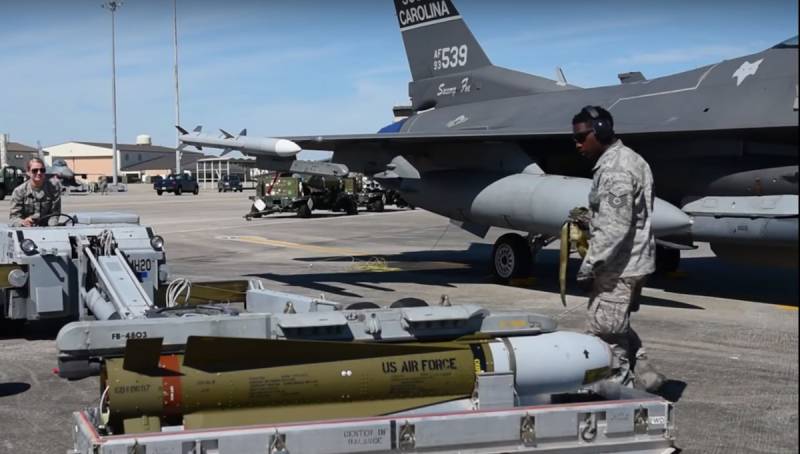The F-16 will replace Bulgaria’s Soviet-era MiG-29s. But until then Bulgaria will still have to work to maintain its fleet.
Bulgaria has reached a final agreement on the purchase of eight more US F-16 fighter jets, in addition to another eight ordered in 2019. The first F-16s were expected to be delivered in 2023, however, it was delayed and Interim Defense Minister Dimitar Stoyanov said that Bulgaria probably won’t receive the F-16 before 2025. The F-16 will replace Bulgaria’s Soviet-era MiG-29s. But until then Bulgaria will still have to work to maintain its fleet.

Since Russia invαded Ukraine, the supply of spare parts for the MiG-29 has been interrupted. Therefore, Bulgaria turned to Poland, to buy 2 engines, in addition, sent 6 to Poland for repair. Bulgaria is operating 11 MiG-29s, of which 2 are for training. Bulgaria is working to keep its Warsaw Pact-era jets in service until the end of 2023.
Poland is also an operator of the MiG-29 and is transitioning to new generation fighters. Bulgarian Defence Minister Dimitar Stoyanov said on 28 October that the Polish Air Force is to decommission one of its MiG-29s so as to transfer the aircraft’s two Klimov RD-33 turbofan powerplants to the Bulgarian Air Force. Talks for the Polish repair of six further Bulgarian engines are in progress, he added.
Thanks to its diverse combat capabilities and high mobility, with many upgrades over time, the MiG-29 has been one of the most popular fighters in the world over the past 40 years. The aerial battles in the sky over Ukraine saw the appearance of MiG-29 fighters on both sides. Although it cannot rival modern stealth fighters, nor is it the best fighter of its generation, the Ukrainian Air Force is still lobbying its allies to supply Kiev with more MiG-29 fighters. And most likely the Bulgarian MiG-29s will soon be sent to Ukraine after receiving new F-16s.

Developed in the 1970s by the Mikoyan Design Bureau, the MiG-29 made its maiden flight in 1977, before entering full service in 1982. The birth of the MiG-29 is said to be a counterweight to the US F-16 Falcon fighter. As a 4th generation fighter, the MiG-29 has many shortcomings compared to current fighters. The fuel compartment is limited and there is no possibility of in-flight refueling. The MiG-29’s maximum range is also not up to the standard for the high-value air assets (HVAA) attack mission. In addition, the fighter’s radar system is not really stable in detecting, tracking and locking targets, leading to the risk of mistakenly shooting allied aircraft.
However, the MiG-29 with its distinctive fuselage design is surprisingly maneuverable, thanks to the combination of advanced aerodynamics with a traditional mechanical control system. Another advantage of the MiG-29 is its relatively low operating and maintenance costs compared to rivals such as the F-16.
The MiG-29 has undergone many upgrades, especially in the Russian air force. The current version in service with the Russian Aerospace Forces today is the MiG-29SMT, which has overcome most of the weaknesses of its predecessor. MiG-29SMT has a length of 17.3m, a wingspan of 11.9m, a maximum speed of Mach 2, a ceiling of 17,500m. Compared to the original version, the ωєαρσи payload has increased from 3.5 tons to 4.5 tons with 7 ωєαρσи hard points. In order to improve the inherent weakness of the warning system, the SMT is equipped with the Zhuk ME radar, which allows it to detect targets from a distance of 120km, simultaneously lock 10 targets and choose to destroy 4 of them at the same time.
The upgraded avionics system allows the MiG-29SMT to carry R-77 active radar-guided long-range air-to-air missiles, Kh-29T/TE air-to-ground missile, Kh-31A supersonic anti-ship missile, Kh-31P anti-radar missile and smart bombs.





